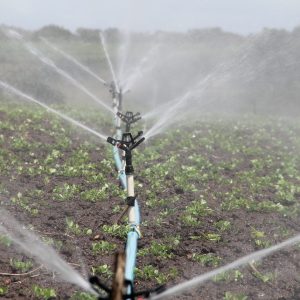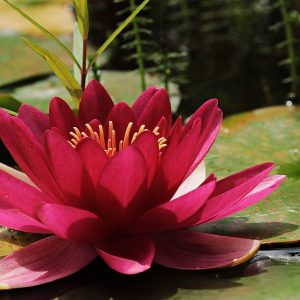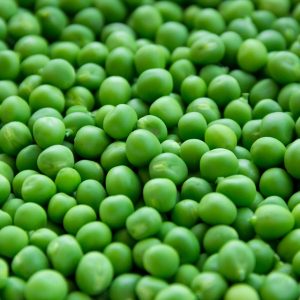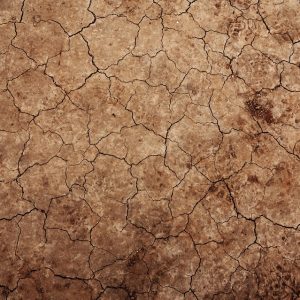E-Learning Structure
The duration of this online course is 100 hours. This consists of 10 in-depth lessons:
- Introduction to Cut Flower Production
To develop a broad perspective on the nature and scope of the cut flower industry. - Soils & Nutrition
Determine soil and nutrition requirements for cut flower growing - Cultural Practices
Determine the cultural requirements for commercial production of a cut flower crop - Flower Initiation & Development
Explain the physiological processes which affect flower development in plants - Pest & Disease Control
Determine the cultural requirements for commercial production of a cut flower crop - Australian Natives & Related Plants
Evaluate the suitability of different plants as cut flower crops - Greenhouse Culture
Determine the cultural requirements for commercial production of a cut flower crop - Harvest & Post Harvest
Determine harvest and post-harvest management practices for cut flower crop - Developing A Production Plan
Develop a production plan for a cut flower crop - Export Marketing
Develop a production plan for a cut flower crop
Course Aims
- Describe the botanical mechanisms involved in the process of flower initiation for different plant genera.
- Explain the effect of carbon dioxide enrichment on flowering for a specified plant species.
- Determine the factors causing aging of flowers in different genera of commercially grown cut flowers.
- Compare three different treatments to preserve cut flowers after harvest, including: *Glycerine *Drying *Pressing.
- Determine procedures to produce cut flowers out of season for different cut flower species.
- Compile a resource file of different sources of information regarding commercial cut flower varieties, including: *Publications *Suppliers of seed and/or planting stock *Industry associations *Relevant government contacts.
- Describe herbaceous perennials suitable to cut flower growing in a specific locality.
- Describe annuals and biennials suitable to flower growing in a specific locality.
- Describe bulbs, corms, rhizomes or tubers suitable for cut flower growing in a specific locality.
- Describe plant varieties commonly used as fillers in the floristry trade.
- Differentiate between twenty different plant varieties suitable as cut flowers, including: *Family, genus, species & variety name (if applicable) *a description of the physical characteristics of the plant *a flower description, flowering season and length of flowering.
- Develop criteria for the selection of plant varieties to be grown as cut flower crops on a specified property.
- Determine Australian native plants with potential as a cut flower crop in a specific locality.
- Determine different exotic plants with potential as cut flower crops in a specific locality.
- Explain the success of specified Australian plant varieties as cut flowers.
- Describe different plant varieties suited to grow as cut flowers, including; Family, genus, species & variety name (if applicable) a description of the physical characteristics of the plant *flower description, flowering season and length of flowering.
- Analyse the commercial viability of different cut flower crops being produced in a specified situation.
- Perform simple tests on different soils to determine: *Soil type *pH *Drainage *Water holding capacity.
- Compare the performance of a specified variety of cut flower in different soil types.
- Determine appropriate cut flower crops to grow in different types of soils from your region.
- Recommend soil preparation techniques for a specific site, for a specified cut flower crop.
- Compare the suitability of different types of fertilisers for use with different cut flowers.
- Analyse the nutritional management being practiced by different growers, on specified cut flower crops.
- Identify nutrient disorders on different cut flowers.
- Explain the results of a plant tissue analysis to provide fertilizing recommendations.
- Compare plant establishment techniques for five different cut flowers, including planting and staking.
- Explain the applications for different types of irrigation system, for cut flower production, on sites you visit.
- Differentiate between greenhouse and open field growing of a specified cut flower crop, grown in a specific locality.
- Develop guidelines for the pruning of different flower crops.
- Determine common pest and disease problems, on specified cut flower crops, in your locality.
- Prepare pest and disease management plans, for a twelve month period (or the life of crop), for different cut flower crops.
- Compare commercially available propagation methods for different species of cut flowers.
- Evaluate the use of ground and tap water for use on a specific cut flower crop.
- Develop an integrated pest management program for a specific cut flower crop.
- Describe common harvesting techniques for cut flowers.
- Compare alternative post-harvest storage facilities for cut flowers.
- Explain the commercial grading procedures for different types of cut flowers.
- Determine the quality of five different cut flowers inspected by the learner, using a standard judging system.
- Describe methods to extend cut flower life during storage and transport.
- Evaluate the market value of different specified cut flower crops.
- Determine cut flower crops with under developed commercial potential in the learner’s locality.
- Describe appropriate post-harvest techniques for a selected flower crop.
- Determine factors which effect the marketability of a selected flower crop.
- Describe appropriate marketing methods for a selected flower crop.
- Prepare a management plan, including: *materials and equipment lists *schedules of crop husbandry tasks *estimates of production costs *marketing strategies *contingency plans, for three selected flower crops.
- Describe the production requirements for exporting cut flowers to a specified country.
- Describe the market requirements for cut flower exporting to a specific country.
- Analyse the current export market for Australian cut flowers, including; *quantities and types of flowers being exported *where cut flowers are being exported to *prices growers are obtaining *trends in the market.
How Does A Warnborough Online Course Work?
You can start the course whenever is convenient for you. You will be studying from home and have access to support from our qualified tutors. Practical exercises and research tasks will be set at the end of each lesson – including an assignment. You will submit this assignment to your course tutor, who will mark your work and give you constructive feedback and suggestions.
If you have any questions please contact us.





